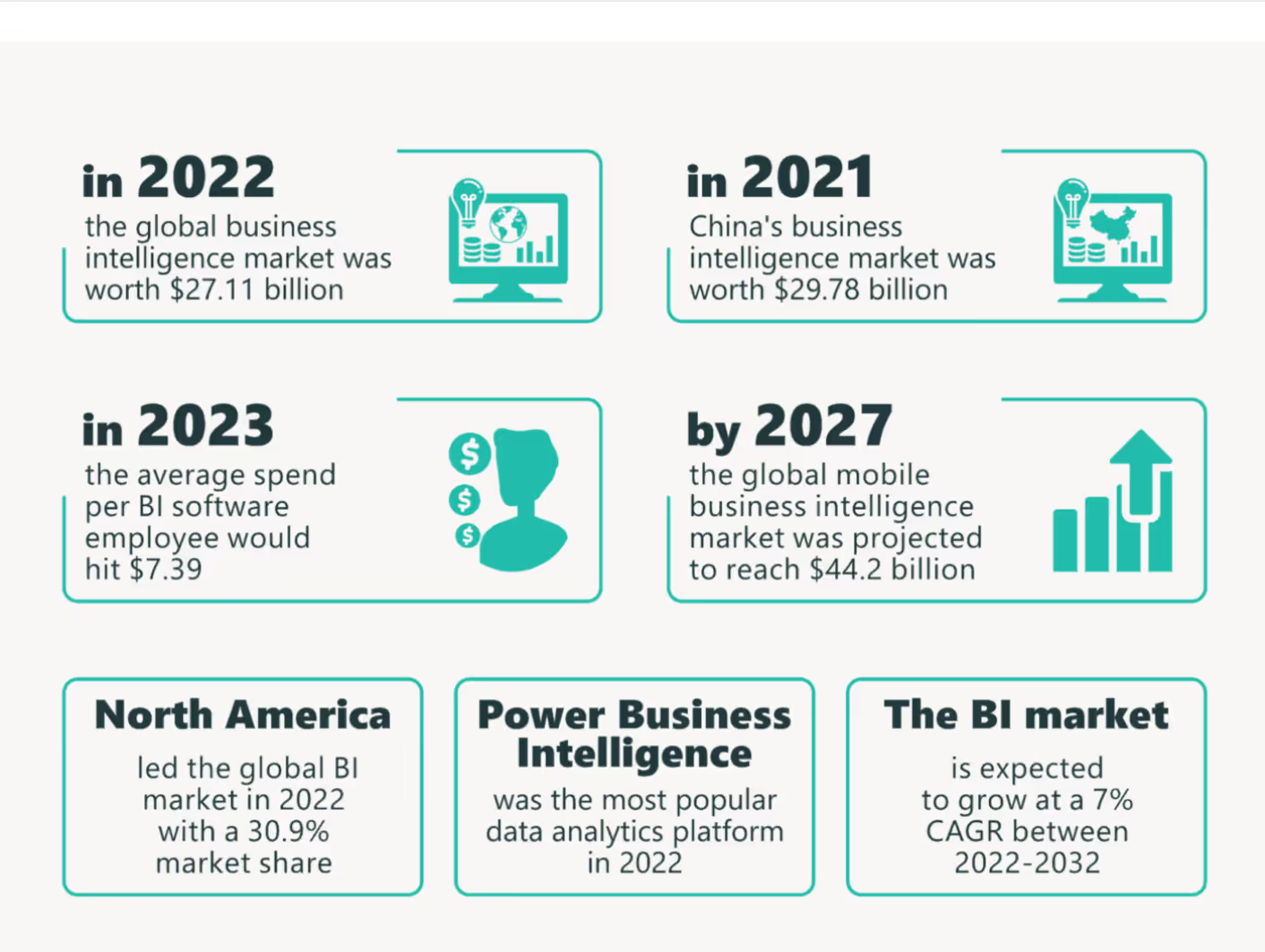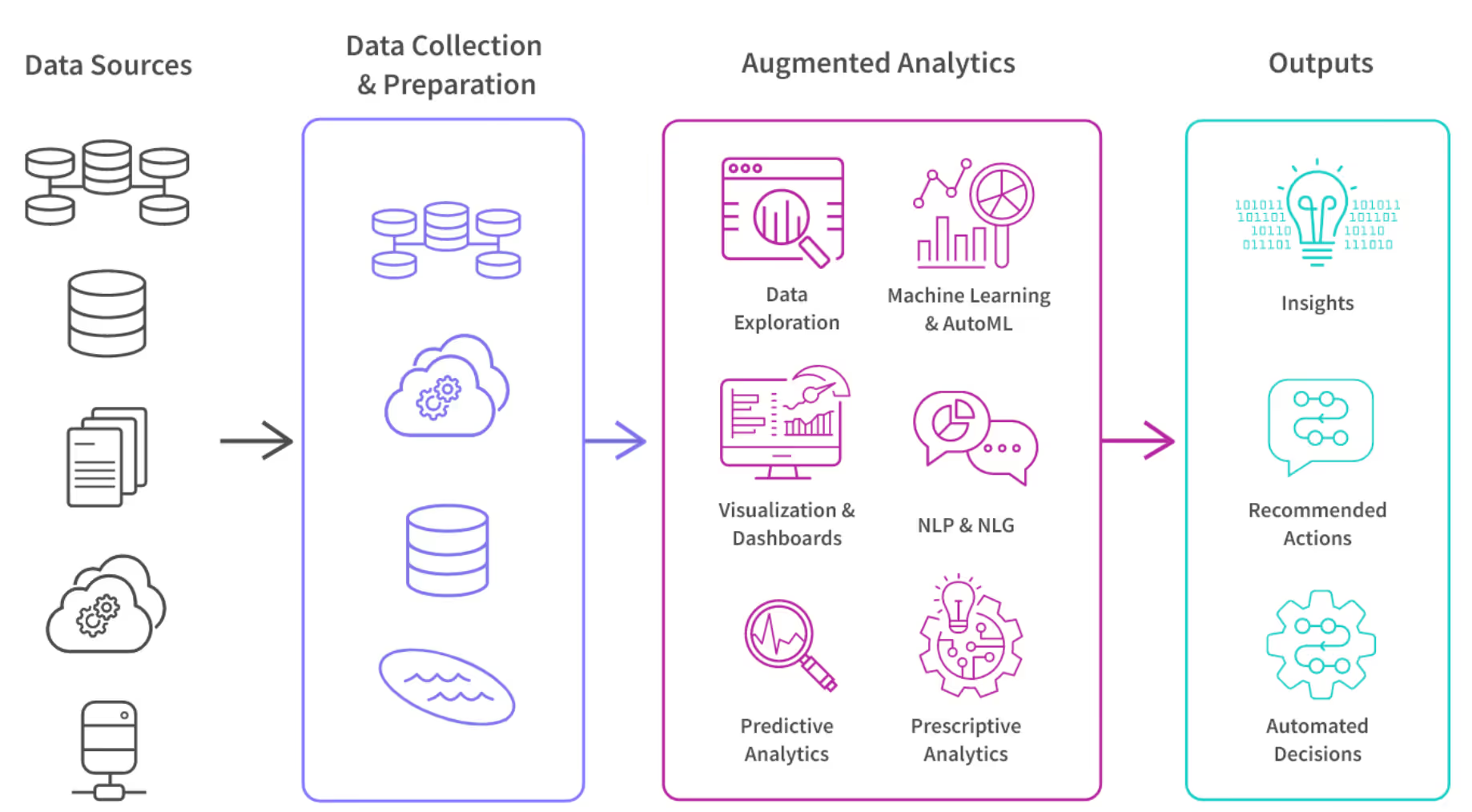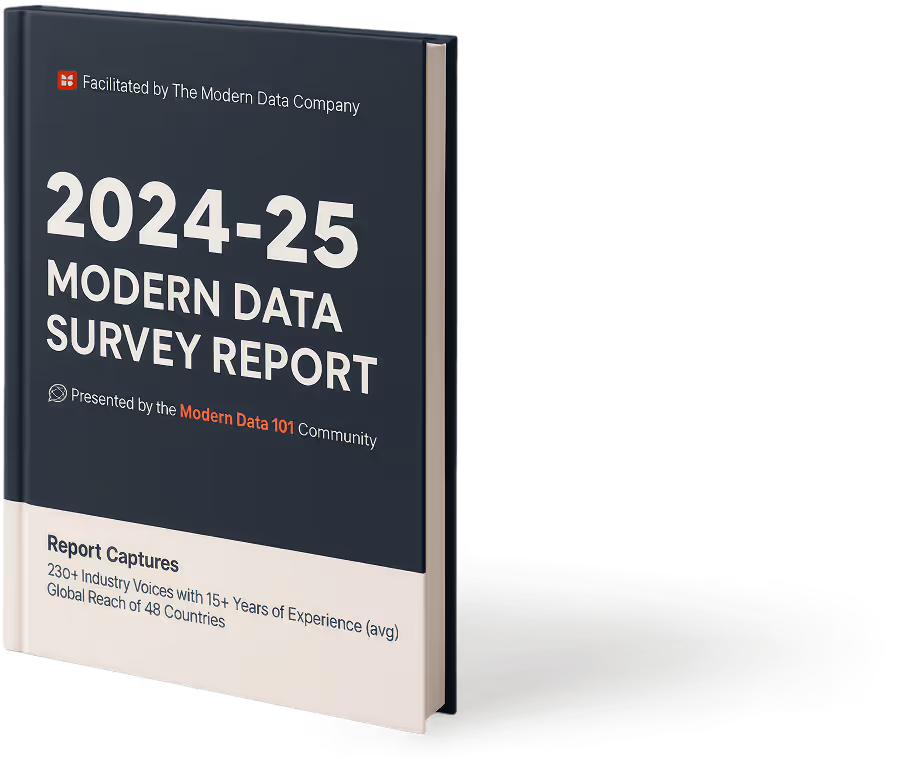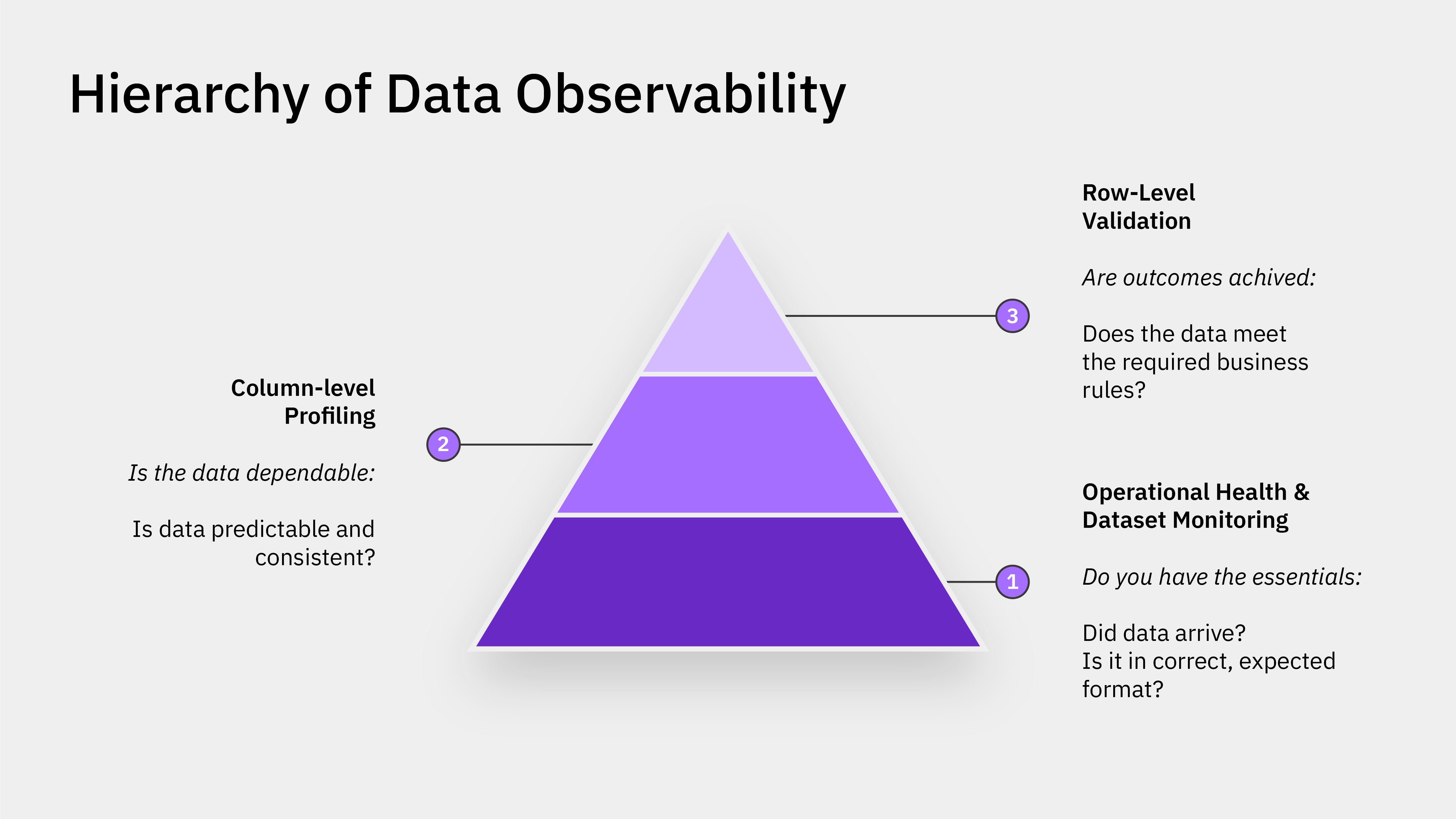
TL;DR
Is Data in 2025 Different: The New Demands on Data Infrastructure
2025 also marks a turning point in enterprise data infrastructure. While data has become a requirement today, AI-ready data is the added element in the scenario, where it is not just accurate and governed, but can also be used across machine learning, analytics, and operational systems. Infrastructure has moved beyond traditional dashboards, where it should also power AI, analytics, and real-time decision-making together.
However, a lot of enterprises are still confined because of traditional data pipelines that are too brittle, expensive to maintain, and very fragmented to say the least. The legacy approaches still being employed were intended for batch reporting and not to address the complexity in requirements existing today.
Managing all of this together requires a mindset shift from ad-hoc data delivery to data productisation. When data is treated as governed, products with clear ownership and discoverability, organisations can reduce costs and complexity, while also unlocking the scalable foundation to succeed in this AI era.
Accurate and actionable intelligence has become key, which is why we bring some of the best Business Intelligence trends for 2026 to you in this one.
Top Business Intelligence Trends in 2025 & Beyond
Business Intelligence, or BI, has exploded in the last few years. Data has become a big part of the overall strategy, and cloud access has become an everyday norm for all. For smaller enterprises, things have become a level playing field, and competing with larger organisations no longer enjoys a unilateral advantage with data analytics.
The potential is enormous, with the BI market projected to grow from $38.62 billion in 2025 to $116.25 billion by 2033, at a CAGR of 14.98% during this period. This paints a promising picture for the future of BI.

We will cut through some of the trends in what remains of 2025, and the top Business Intelligence trends for 2026 that enterprises can practically use.
1. Augmented Analytics
Some genuine time has passed since ‘AI in analytics’ was just a buzzword. In 2026, the term will bedelivering, and mid-sized organisations are going to get the most value. Augmented analytics feels like having a data scientist working around the clock with your team. It can detect anomalies, spot patterns, and areas of opportunity that would typically take days for manual discovery.
Here’s how this looks in practical life:
- BI dashboards flag return rates automatically, depending on the use case
- Sales forecasts get automatically updated, while also explaining the factors influencing these predictions
- Complex, difficult-to-understand stories get translated into an easy, understandable language

From the perspective of data products, augmented analytics will always be as practical as the data feeding it. If the foundational datasets are fragmented, poorly governed, or inconsistent, automated insights only increase the noise rather than delivering any real value. When datasets are treated as data products, enterprises build a trustworthy foundation that makes AI-driven BI scalable.
2. Natural Language Query (NLQ) and Conversational BI
As BI gets more and more democratised, NLQ, or Natural Language Query, is gaining positive momentum. It has completely changed how users interact with data, moving over from the time when it was imperative to learn complex languages or interact with confusing interfaces to get the required insights.
These systems have also become very accurate over time, where in 2025, they are able to understand business jargon and context that would have sent earlier systems into a daze, and this trend will be accentuating in the year ahead.
Modern BI tools are also bringing the data product thinking into business intelligence exercises. Well-defined data products bring lineage, logic, and semantics to the fore, enabling conversational BI to get structured context, metadata, and meaning. Data products provide NLQ engines with the scaffolding needed to convert plain questions into accurate answers.
3. Self-Service Analytics at Scale
Another BI trend making all the right noises is self-service analytics.
What is self-service analytics?
It is a type of BI where end users are enabled to perform data analysis and then generate reports without the assistance of data science or IT teams. These tools offer intuitive interfaces and interactive dashboards, so that even non-technical users can perform complex data queries, create customised reports, and generate insights.
Data products help in making self-service a sustainable activity, where instead of querying raw datasets, a Business Intelligence platform consumes curated data products with clearly-defined lines around ownership, quality, and freshness. It shifts things from the dependency on IT bottlenecks to a model where each team can capitalise on standardised blocks.
4. Data Democratisation
Data literacy is becoming crucial for business users. It's because BI’s true promise lies in accessible insights for decision-makers, and democratisation can only work when everyone trusts the numbers in front of them.
Data products embed this trust directly into the BI fabric with in-built quality scores, lineage, and governance policies, where each product is expressive of reliability. Because data has also been standardised and vetted, the democratisation becomes durable over time as well.
5. Data Governance and Trust in BI
Data governance is another crucial BI trend, helping organisations address their structures, policies, and procedures not just to ensure the quality and quantity of data, but also to ensure compliance.
The core concept of ethical data governance is respecting individual rights and privacy in all data-related activities. At the same time, it also includes implementing practices that offer informed consent, strict access controls, and data anonymisation, among others.
Approaching governance with a data product mindset leads to operationalising it, according to different scenarios. It leads to governance policies getting embedded into the design of the product itself. Data Developer Platforms (DDP) transform governance into an enabler from a barrier, ensuring that the BI insights are both actionable and compliant.

6. Cloud-Based BI Solutions
The future of BI is cloud-native; there is no two ways about it. This is because enterprises are shifting quickly towards cloud-based BI tools. As platforms and tools hosted on the cloud, they provide organisations with flexible, scalable, and real-time access to data, computational resources, and analytical tools.
They are also scalable, where businesses can easily tune their processing capacity and storage depending on their requirements. The real-time data helps in monitoring changing market dynamics and behaviours, facilitating better decision-making in the process. However, using multiple cloud-based solutions will create problems.
This is where data products chip in by doing away with silos. There is a unifying data layer that ensures discoverability, portability, and consistency across different cloud platforms. There is no need to rebuild pipelines, as teams can use the same governed products whenever they operate.
7. Data Storytelling
As the dependence on data grows, there is a need to go beyond the conventional methods of data interpretation, too. A right narrative layer can provide this interpretation and context.
This is where one of the key differentiators lies between data visualisation and data storytelling in the narrative structure. Data visualisation may provide a visual representation of what the data says. Still, data storytelling establishes why the data matters in the first place, providing a more detailed understanding of the insights. It does so by doing the following:
- The story’s ‘characters’ are the various data points and metrics.
- The ‘plot’ revolves around a challenge or problem that the data can help in addressing.
- The ‘conclusion’ provides insights derived from the data, explaining the actions that need to be taken based on these insights.
In the context of data products, actual storytelling relies on truly structured, contextualised, and trustworthy data. This is because if the datasets are incomplete, contradictory, or ungoverned, no narrative will effectively resonate. Data products solve this issue by embedding metadata, business context, and trust signals directly into the data layer.
💡Related Reads:
Learn more about the different distribution models for data product adoption here.
8. AI in BI
One of the most crucial Business Intelligence trends for 2026 is the integration of AI capabilities in BI tools. The ability of AI to generate insights, automate data analysis, and predict outcomes is revolutionising the way organisations interact with data.
AI significantly cuts down manual workloads, helping to speed up the entire BI process, and is capable of managing complex data sets beyond the capacity of human analysts. But there is a catch here.
AI systems are as good as the data fed into them, and if that data is productised, that is where the real value lies. If AI models are trained on inconsistent, ungoverned, or siloed datasets, the generated insights will be flawed and biased. It won’t be incorrect to say that data products act as guardrails for AI in BI.
Closing Thought
2025 Business Intelligence isn’t about adding another visualisation tool. It’s about rethinking BI as a product ecosystem, built on modern data platforms and data product platforms, governed by reusable data products, and powered by AI that can explain itself. The organisations that embrace this shift will stop firefighting data issues and start scaling decision intelligence as a competitive advantage.
Frequently Asked Questions (FAQs)
Q1. What are the most used Business Intelligence tools?
Some of the most used Business Intelligence tools are Qlik, Power BI, Tableau, Looker, and SAP BusinessObjects. These platforms integrate capabilities such as advanced visualisation, AI-driven insights, and self-service analytics, among others.
Q2. Why is database important in Business Intelligence?
A database is crucial in Business Intelligence as it stores, organises, and secures the raw data so that BI tools can analyse it in a proper manner. Reliable datasets empower organisations by ensuring consistency, accuracy, and accessibility, allowing for the generation of accurate insights, offering support to AI-driven analytics, and making informed decisions for a better competitive advantage.



Author Connect 🖋️

Simran Singh Arora

Simran is a content marketing & SEO specialist.
Simran is a content marketing & SEO specialist.

More about
Business Intelligence Trends for 2025 and Beyond: How Data Products Help Improve BI
Checkout our

Community resources
and

Related articles

























